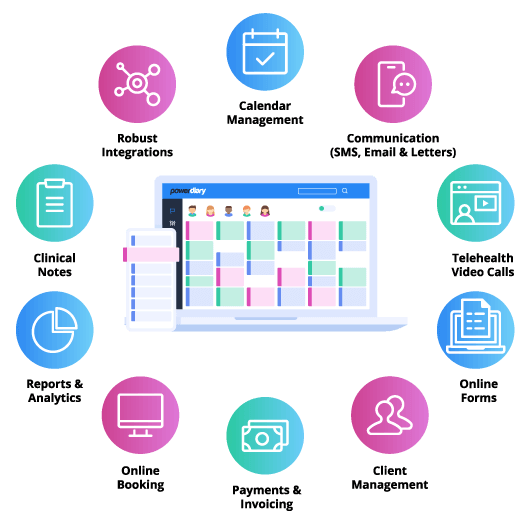In the current rapid healthcare landscape, effective interactions is increasingly critical than at any time before. medicloudmed.ch and medical practices face multiple obstacles, ranging from managing client information to synchronizing treatment amongst various professionals. To address these issues, many healthcare facilities are turning to practice management software as a holistic solution. This tool not only streamlines office tasks but also improves engagements between staff, patients, and healthcare providers.
Practice management software acts as a main hub for a health center’s functions, enabling better organization and accessibility of information. By streamlining appointments, billing, and record-keeping, this system allows healthcare professionals to concentrate on patient care instead of office duties. With enhanced collaboration through practice management systems, clinics can build stronger relationships with clients, leading to enhanced satisfaction and improved health outcomes.

Key Features of Practice Management Software
Clinic management software offers a range of capabilities that streamline operations within clinics, consequently enhancing patient care and boosting communication. One of the core features is scheduling appointments, which allows staff to organize patient bookings smoothly. This feature frequently includes automated reminders that decrease no-shows and ensure patients are informed of their scheduled visits, turning the scheduling process more dependable and easy to use.
A further essential feature is digital health records (EHR) fusion. Practice management software enables the smooth integration of EHR systems, enabling healthcare providers to obtain patient information promptly and securely. This access facilitates more informed decision-making during patient consultations and makes certain that all healthcare professionals participating in a patient's care have the latest data at their disposal, consequently enhancing continuity of care.
Furthermore, billing and insurance claims management are pivotal components of practice management software. These features optimize the billing process, lessening errors and expediting revenue cycles. By systematizing claims submissions and monitoring payments, clinics can ensure that they receive timely reimbursements while lessening administrative burdens, allowing healthcare staff to focus more on patient care rather than paperwork.
Benefits for Healthcare Facilities and Patients
Management software for practices greatly enhances clinic efficiency by streamlining office tasks. By computerizing appointment scheduling, invoicing, and medication records management, healthcare providers can reduce human error and conserve precious time. This efficiency allows clinic staff to concentrate more on patient care, enhancing overall patient services and satisfaction.
For patients, the application of practice management software translates to a much smoother experience. Simple online scheduling and access to health records empower patients to manage their care. They can receive reminders for scheduled visits and follow-ups, leading to improved compliance to care plans and improved patient results.
Additionally, communication channels are enhanced through practice management software. Secure messaging features enable direct communication between clients and medical professionals, promoting a team-based approach to care. This boosts patient engagement, as patients feel more connected to their healthcare team and more involved in their treatment processes.
Upcoming Developments in Operational Practice Management
As the healthcare landscape continues to evolve, practice management software is set to undergo significant advancements that will further simplify operations in medical practices. One notable trend is the melding of artificial intelligence and machine learning technologies. These innovations can process vast information arrays, enabling clinics to gain insights into operational efficiencies, improve scheduling, and enhance patient outcomes. By simplifying routine tasks, healthcare providers can focus more on caring for patients while enhancing their staff productivity and performance.
Another encouraging trend is the expansion of telehealth features within the software for managing practices. The ongoing requirement for virtual consultations and remote care services has prompted a focus on seamless connectivity between digital health records and telehealth systems. This coalescence allows health facilities to coordinate appointments, documentation, and billing for remote consultations more successfully, providing a holistic solution that caters to the needs of both visitors and healthcare professionals in a rapidly changing healthcare environment.
Lastly, increased emphasis on patient involvement and experience is shaping the creation of new features in the software used for managing practices. Tools that facilitate better connection between medical professionals and individuals, such as automated reminders, customized health materials, and client gateways, are becoming essential. These tools not only enable patients to control their care but also build a more open and dynamic relationship, ultimately leading to enhanced patient experiences and loyalty to the health facility.
